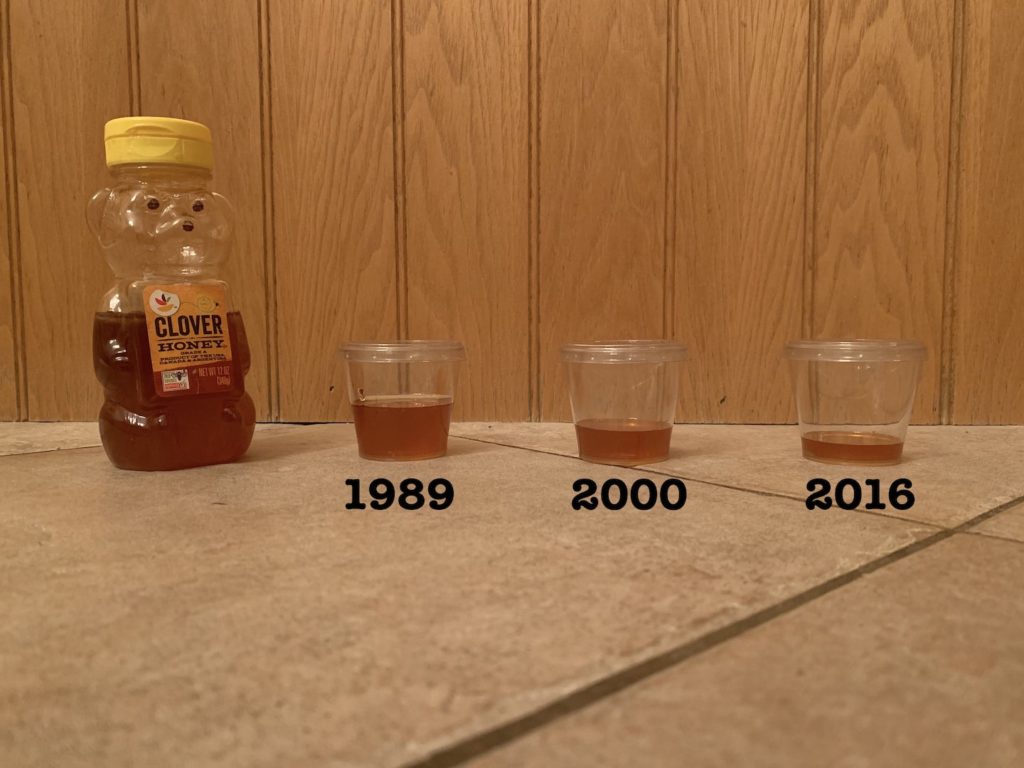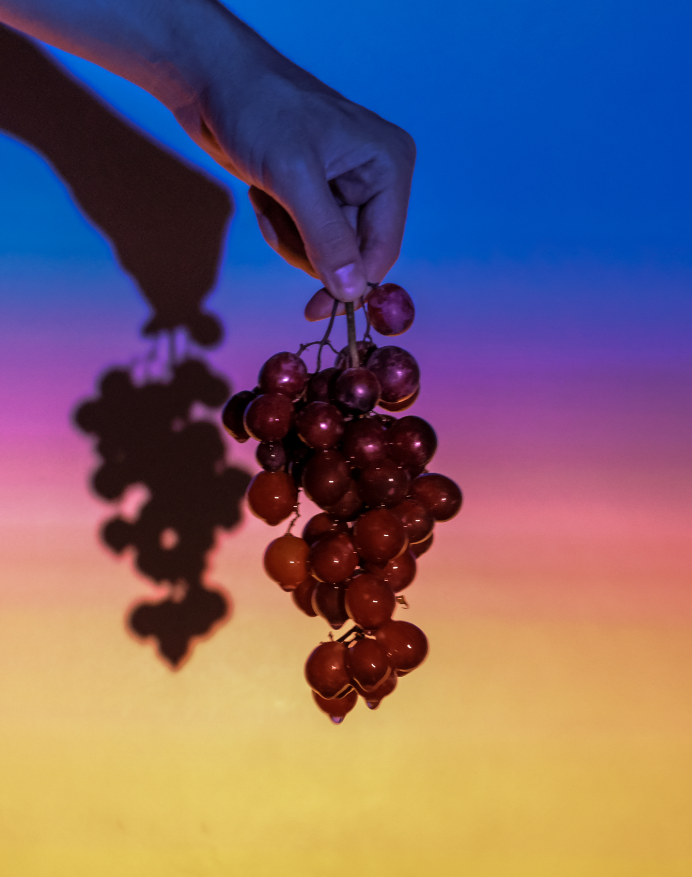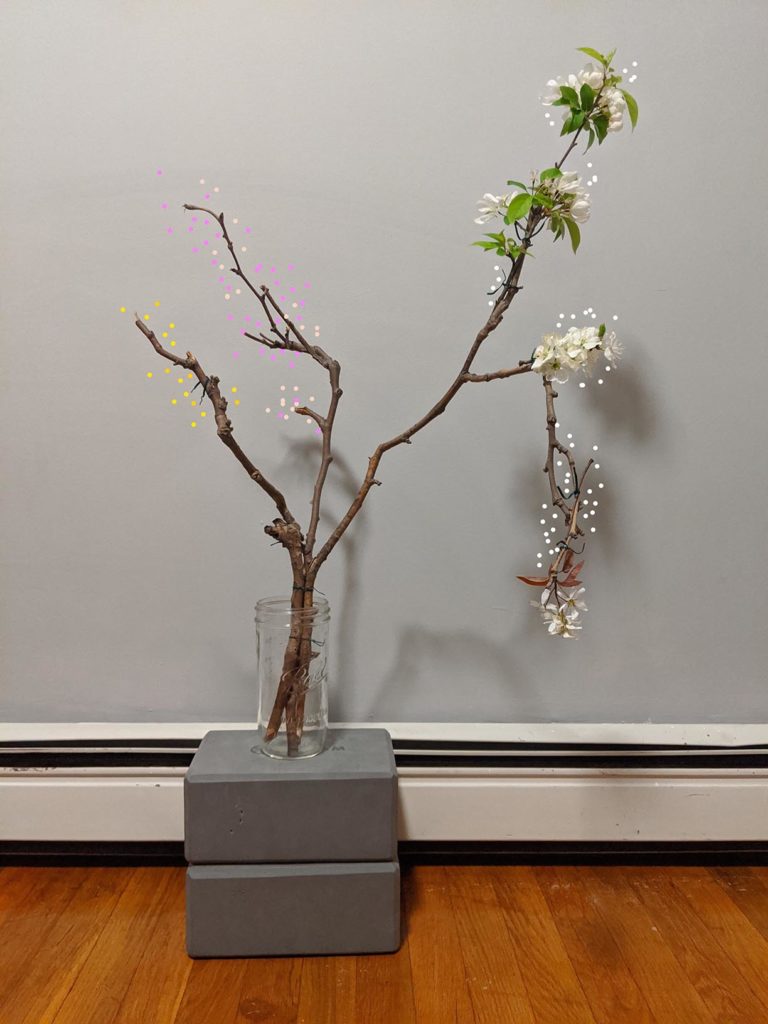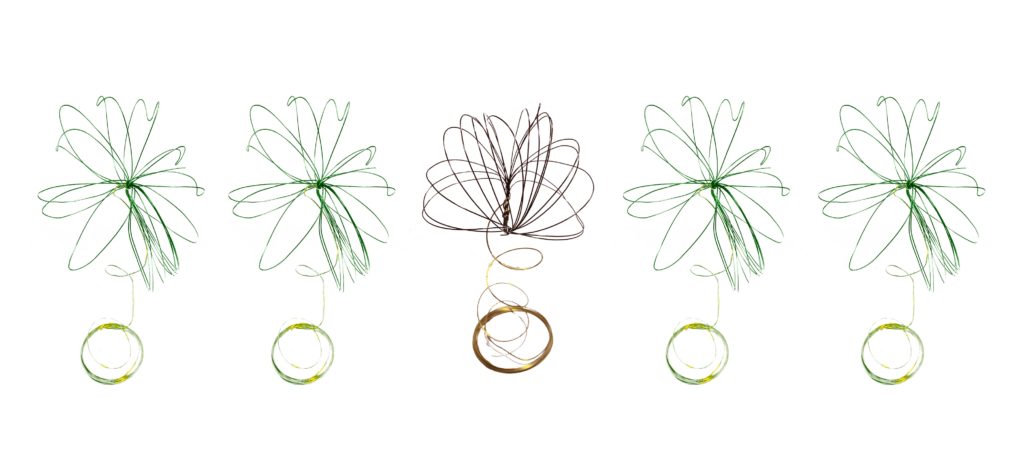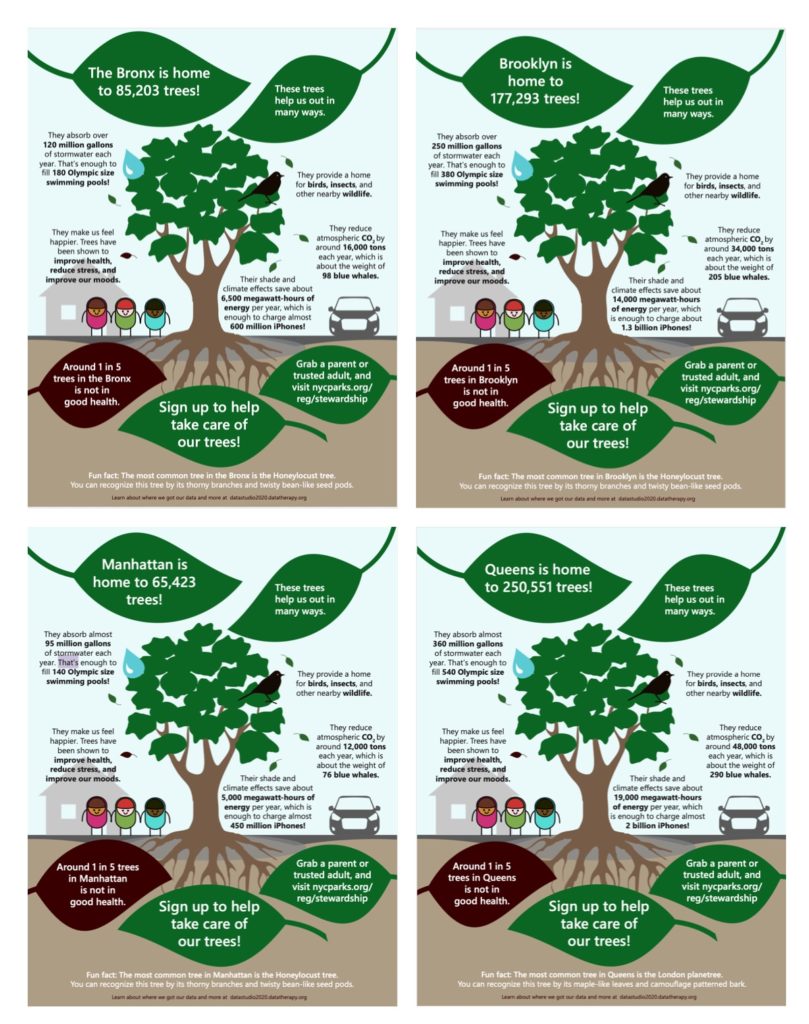Sule Kahraman

For my data sculpture I chose to work with Grape Harvest Dataset https://www.ncdc.noaa.gov/paleo-search/study/13194 because I had a few wine bottles laying around.
In this sculpture I try to represent the change in the rate of grape harvest in France, hence I used only the French bottles. The number of bottles for each century maps to the grape harvest volume in that century. I chose to represent the future with a wine glass that has very little amount of wine in it to highlight the magnitude of the threat and to draw attention to the urgency of the matter.
